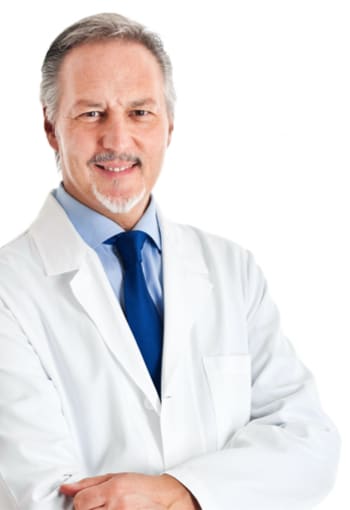Cleft Lip and Palate
Cleft lip and palate are among the most common birth defects. They occur when developing facial structures do not fuse completely, leaving a gap or space that can cause significant cosmetic and functional problems. Initial cleft lip surgery is usually performed by the time a baby is 12 months old, and cleft palate repair is usually performed by the time a child is 18 months old. An individual with a cleft lip and/or palate can expect to undergo multiple sequential surgeries over the first 18 years of his or her life.
As a member of a team of healthcare specialists, your oral and maxillofacial surgeon (OMS) plays an important role in the carefully orchestrated, multiple-stage correctional treatment plan for cleft lip and palate patients. The goal is to help restore the jaw and facial structures, leading to normal function and appearance.
About Cleft Lip and Palate
The severity of a cleft lip will vary from patient to patient. In some, it may just be a small notch in the lip, but in others, it may continue up through the base of the nose. A cleft palate is a split in the roof of the mouth, which may occur on one or both sides of the mouth and can go the full length of the palate. Children can have one or both of these conditions at birth.
If left untreated, children with cleft lip and/or palate may face a variety of challenges, including:
- Difficulty feeding
- Ear infections or hearing loss
- Dental problems
- Speech difficulties
- Social and emotional difficulties
The healthcare team involved in cleft lip and palate patients often include oral and maxillofacial surgeons, plastic surgeons, pediatric dentists, orthodontists, otolaryngologists, audiologists and nutritionists.
Cleft Lip and Palate Surgery
Surgery can provide significant improvement in your child’s appearance, quality of life and ability to breathe, eat and talk. Lip closure involves rearranging the skin, muscle and other tissues in the lip into a more correct position to close the gap and improve function. Your OMS will discuss with you the multiple surgical techniques to accomplish this.
Sometimes, large or irregular clefts require some treatment before surgery to decrease the size of the cleft. These treatments include lip taping, lip adhesion (using small stitches to minimize scarring) or nasoalveolar molding (NAM) with an appliance similar to a retainer for braces. Your OMS can go over the details of these and other options if they are appropriate for your child.
During that first surgery, tissue from the roof of the mouth is moved to cover the soft palate and close the cleft. This surgery creates a functional palate, reduces the chances that fluid will develop in the middle ears and aids in the proper development of the teeth and facial bones.
If needed, other treatments may be performed to account for complications caused by cleft lip or cleft palate, including:
- Ear tube surgery to reduce the risk of ear infections.
- Rhinoplasty to repair the tip of the child’s nose.
- Bone grafts to replace missing bone and allow tooth eruption and orthodontic movement.
- Soft palate surgery to help with speech.
- Corrective jaw surgery to correct abnormal growth.
- Dental implant placement to replace any missing teeth.
Hearing aids, speech therapy and therapy with a psychologist also may be recommended to assist with hearing loss, difficulty speaking and the stress of repeated medical procedures.
Repairing your child’s cleft lip or cleft palate is a long-term commitment for all involved and can be very complex. It is best done under the care of a team of specialists. As the expert in mouth, face and jaw surgery, your OMS is an essential part of that team.

